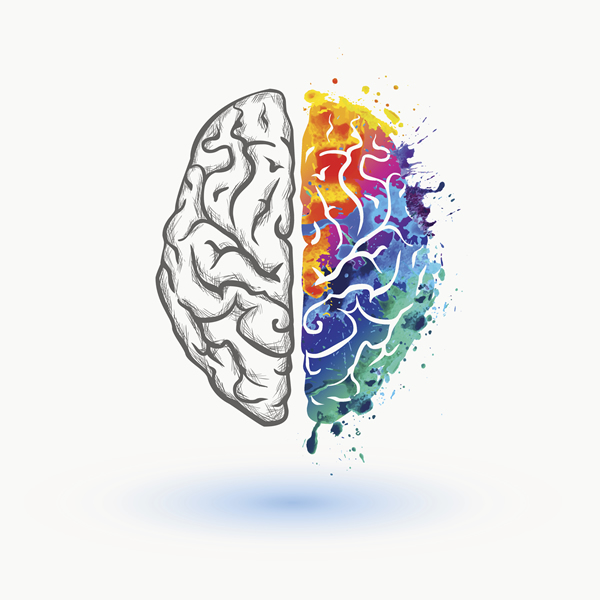ATD Blog
What Do You Know: About Men’s and Women’s Brains and Learning
Wed May 04 2016

When developing training content, are there learning differences between men and women that we should take into account?
Let’s start with a question. Pick your answer; whether you get the correct one doesn’t matter. This is just for fun!
Are there differences in male and female brains? Do brain differences cause differences in male and female learning? Select the best answer.
A. Yes, there are differences between male and female brains that cause differences between male and female learning.
B. Yes, there are differences between male and female brains, but they do not cause differences between male and female learning.
C. No, there aren’t differences between male and female brains, so there are no differences between male and female learning
D. Something else. Explain: \_\_\_\_\_\_\_\_\_\_\_\_\_\_\_\_\_\_
Before we proceed, let me clue you in on a problem with the answer choices I provided. This question is really two questions, which is not good practice in multiple-choice question development. Asking two questions at once is confusing and unfairly biases the question. But I wanted to include only one question at the beginning of the this post, so I hope you’ll pardon me.
According to De Bruyckere, Kirschner, and Hulshof (2015), brain structure does differ between males and females. The male brain is larger than the female brain; Science magazine, discussing the Joel study (2015), describes men as having a larger amygdala, which is associated with emotion and survival instinct. The area of the brain associated with memory, the left hippocampus, was also often found to be larger in men than in women. And men and women often have differing amounts of white and gray matter.
However, the Joel study, which examined 1,400 male and female brains, also showed an enormous amount of overlap between the structures of male and female brains. Although some features were more common in females and vice versa, there wasn’t a consistent “male” or “female” brain. The study concluded that although there are some differences between sexes, human brains simply cannot be categorized as male or female.
Additionally, assumptions about men being smarter based on brain size have been shown to be faulty. A meta-analysis (a study that combines many studies) by Voyer and Voyer (2014) noted a “small but significant female advantage” in school grades.
Research doesn’t show that men and women learn differently, so the answer to my question is clearly B.
Because there are more differences within the population of men and within the population of women than between the population of men and women, there are no reasons to develop training content that takes into account learning differences between men and women. De Bruyckere, Kirschner, and Hulshof explain that differences in male and female brain structure have not led to any useful conclusions about differences in behavior or learning. Which brings us back to last month’s insights about using neuroscience for learning.
Have an insight? Please share. And if you picked D, please tell us what you were thinking!
Where Can You Learn More?
De Bruyckere, P., P.A. Kirschner, and C.D. Hulshof. 2015. Urban Myths About Learning and Education. Cambridge, MA: Academic Press.
Joel, D., et al. 2015. “Sex Beyond the Genitalia: The Human Brain Mosaic.” Proceedings of the National Academy of Sciences 112(50). www.pnas.org/content/112/50/15468.full.pdf.
Voyer, D., and S.D. Voyer. 2014. “Gender Differences in Scholastic Achievement: A Meta-Analysis.” Psychological Bulletin 140(4) 1174-1204. www.apa.org/pubs/journals/releases/bul-a0036620.pdf.
Wheeling, K. 2015. “The Brains of Men and Women Aren’t Really That Different, Study Finds.” Science, November 30. www.sciencemag.org/news/2015/11/brains-men-and-women-aren-t-really-different-study-finds.
